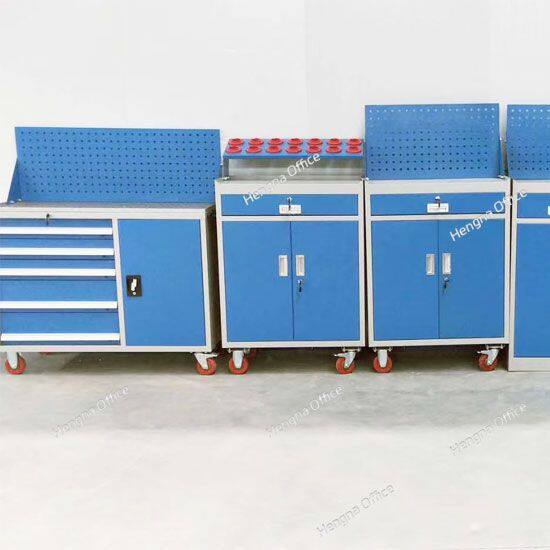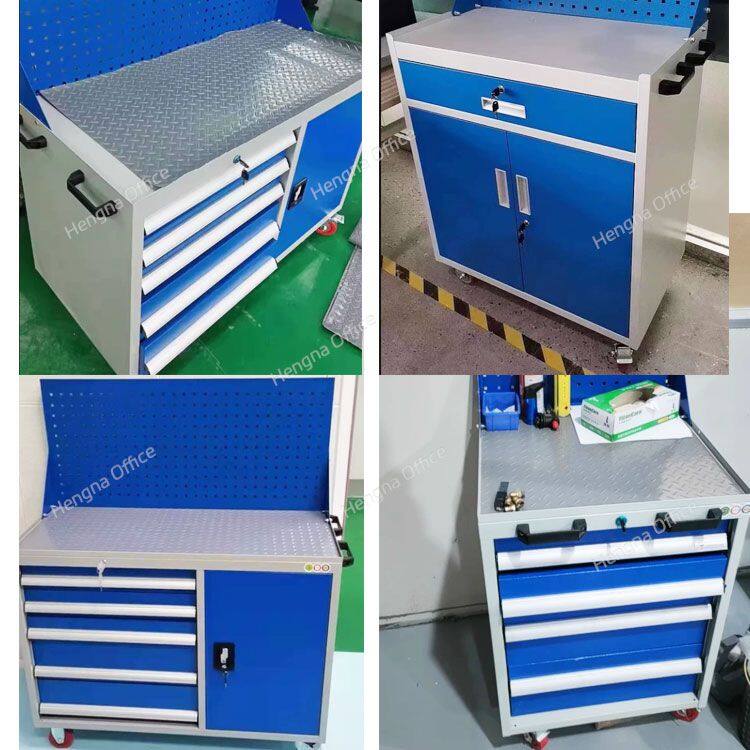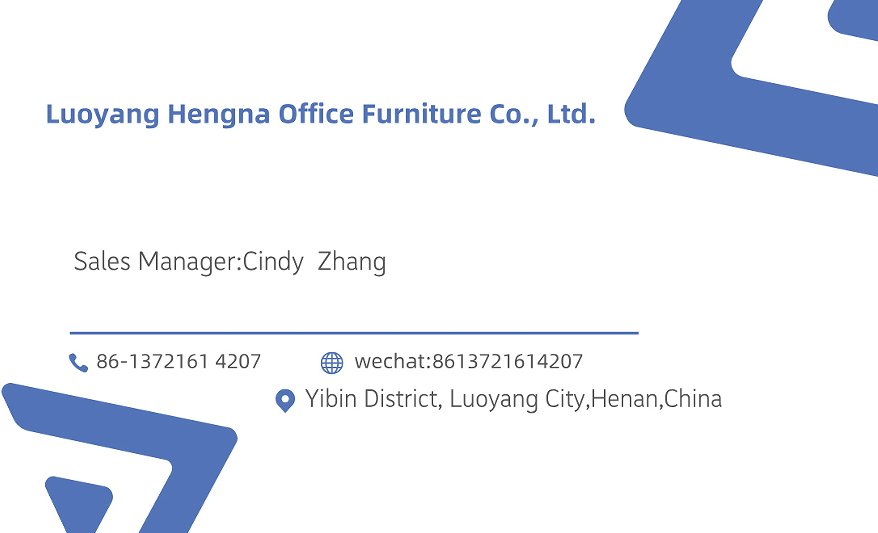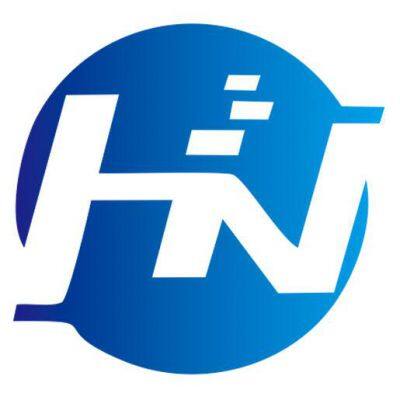-
 Sarah
Hi there! Welcome to my shop. Let me know if you have any questions.
Sarah
Hi there! Welcome to my shop. Let me know if you have any questions.
Your message has exceeded the limit.

Top 5 Features to Look for When Buying a Rolling Tool Cart for Your Business
2025-10-28 16:09:18
When buying a rolling tool cart for your business, making the right selection requires careful evaluation of multiple features that impact functionality, durability, and return on investment. This comprehensive guide outlines the five critical features that business owners and procurement managers must prioritize to ensure optimal performance and long-term value from their business tools storage investment.

Feature 1: Construction Quality and Material Durability
Understanding Material Specifications
The foundation of any quality rolling tool cart begins with superior construction:
Steel Gauge and Quality:
16-gauge steel: Suitable for light to moderate use (offices, light manufacturing)
14-gauge steel: Ideal for general business applications (workshops, maintenance departments)
12-gauge steel: Essential for heavy-duty industrial use (manufacturing, automotive services)
Finishing Treatments:
Powder coating provides superior corrosion resistance
Zinc plating offers enhanced durability in harsh environments
Industrial-grade enamel finishes ensure long-lasting appearance
Multi-layer coating systems prevent chipping and scratching
Welding and Joint Construction
Superior manufacturing techniques ensure longevity:
Construction Quality Indicators:
Continuous weld seams versus spot welding
Reinforced corner construction
Heavy-duty hardware and fasteners
Precision manufacturing tolerances
Testing and Certification:
Weight capacity testing certification
Durability testing under load conditions
Environmental resistance validation
Quality assurance documentation
Feature 2: Drawer System and Organization Capabilities
Advanced Drawer Mechanisms
The drawer system represents the most frequently used component:
Slide Technology:
Ball-bearing slides for smooth operation
Full-extension drawers providing complete access
Soft-close mechanisms preventing slamming
Load ratings matching intended use
Drawer Configuration Options:
| Drawer Type | Depth Range | Ideal Contents | Weight Capacity |
|---|---|---|---|
| Shallow | 2-3 inches | Hand tools, office supplies | 50-75 lbs |
| Medium | 4-6 inches | Power tools, documents | 75-100 lbs |
| Deep | 8-12 inches | Large equipment, files | 100-150 lbs |
Customization and Organization Features
Effective business tools storage requires flexible organization:
Internal Organization Systems:
Adjustable dividers for custom compartment sizing
Foam inserts for precision tool protection
Modular drawer trays for reconfigurable layouts
Label holders for clear identification
Specialized Storage Options:
Pegboard panels for hanging tool storage
Magnetic strips for metal tool retention
Built-in power strips for electronic device charging
Integrated cable management systems

Feature 3: Mobility and Maneuverability Systems
Caster Technology and Performance
Mobility represents the defining characteristic of rolling tool carts:
Caster Specifications:
Diameter: 4-5 inches for standard business use, 6+ inches for industrial applications
Material: Polyurethane for smooth operation, rubber for floor protection
Bearing type: Ball bearings for smooth rolling, sealed bearings for durability
Load rating: Minimum 100 lbs per caster for business applications
Locking Mechanisms:
At least two locking casters for stability
Total locking systems preventing all movement
Foot-operated locks for easy engagement
Brake systems for inclined surface security
Maneuverability Features
Business environments require versatile mobility:
Turning and Navigation:
360-degree swivel capability for tight spaces
Zero-turn radius for maximum maneuverability
Wide wheelbase preventing tipping
Handle designs optimizing control and comfort
Floor Surface Compatibility:
Non-marking wheels protecting floor surfaces
Smooth-rolling systems for various floor types
Shock-absorbing features for uneven surfaces
Quiet operation minimizing workplace disruption
Feature 4: Security and Access Control Systems
Locking Mechanisms and Security Features
Protecting valuable business assets requires robust security:
Lock Types and Security Levels:
Central locking systems: Single-key operation for all drawers
Individual drawer locks: Selective access control
Keyless entry options: Electronic locks with audit trails
High-security locks: Pick-resistant mechanisms for valuable tools
Advanced Security Features:
Tamper-resistant construction
Reinforced locking mechanisms
Serial number registration for recovery tracking
Optional GPS tracking for high-value units
Access Control Integration
Modern businesses require sophisticated access management:
Electronic Access Options:
Keypad entry systems with user codes
RFID card integration for employee access
Biometric systems for high-security applications
Mobile app control for remote management
Audit and Monitoring:
Access logging for security tracking
Time-based access restrictions
User-specific access permissions
Integration with business security systems
Feature 5: Ergonomic Design and User Experience
Height and Workspace Considerations
Employee comfort and safety impact productivity:
Adjustable Features:
Height-adjustable work surfaces (30-42 inches)
Ergonomic handle designs reducing strain
Padded grip areas for comfortable transport
Anti-fatigue features for extended use
Workspace Optimization:
Adequate work surface area for tasks
Integrated lighting for improved visibility
Power outlet integration for tool operation
Device mounting capabilities for modern workflows
Safety Features and Compliance
Business environments require adherence to safety standards:
Safety Design Elements:
Rounded edges preventing injuries
Anti-tip mechanisms ensuring stability
Weight distribution systems preventing accidents
Emergency stop features for mobile applications
Regulatory Compliance:
OSHA compliance for workplace safety
ADA accessibility considerations
Industry-specific certification requirements
Environmental and material safety standards
Additional Considerations for Business Applications
Size and Space Planning
Proper sizing ensures optimal functionality:
Space Assessment:
Available floor space measurements
Doorway and pathway clearance requirements
Ceiling height considerations
Workflow pattern analysis
Popular Business Configurations:
| Business Type | Recommended Size | Drawer Count | Special Features |
|---|---|---|---|
| Office | 26" W x 18" D | 3-4 drawers | Locking wheels, document storage |
Workshop | 41" W x 20" D | 5-7 drawers | Power integration, heavy-duty casters |
Industrial | 53" W x 24" D | 7-10 drawers | High security, reinforced construction |
Integration with Business Systems
Modern tool carts should support existing infrastructure:
Technology Integration:
Inventory management system compatibility
Barcode scanning capabilities
Digital asset tracking integration
Cloud-based management platform support
Connectivity Features:
USB charging ports for electronic devices
Power strip integration for tool operation
Network connectivity for smart features
Mobile application integration
Vendor Selection and Support Considerations
Evaluating Suppliers and Manufacturers
Choose reputable partners for your business tools storage needs:
Quality Indicators:
Industry reputation and customer reviews
Warranty terms and coverage details
Customer support availability and quality
Product testing and certification documentation
Service and Support:
Installation and setup services
Training programs for employees
Ongoing maintenance and support options
Replacement parts availability and lead

Tags: Top 5 Features, a Rolling Tool Cart, When Buying a Rolling Tool Cart for Your Business

